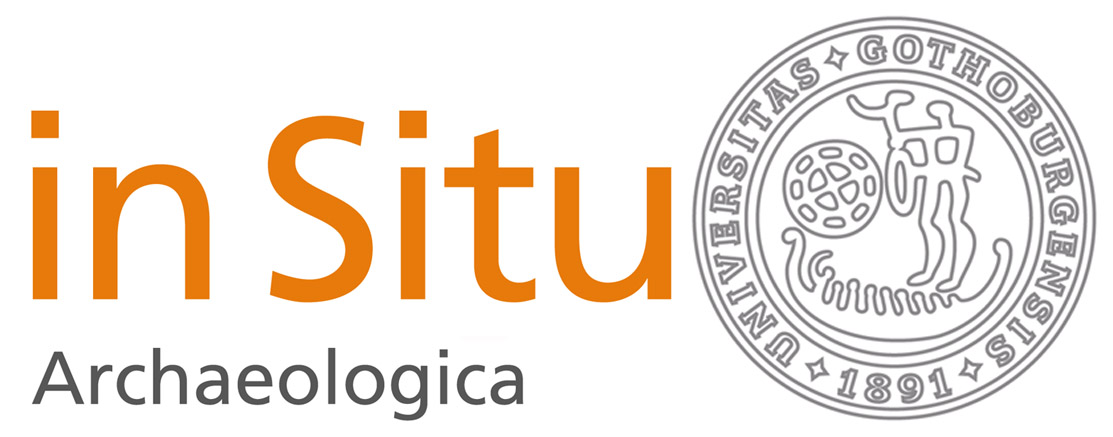Stjärneberg
Ett kvartsbrott i mesolitisk skärgårdsmiljö
DOI:
https://doi.org/10.58323/insi.v9.13303Keywords:
Lithics, Quartz, Archaeology, MesolithicAbstract
In Eastern Central Sweden, two lithic traditions met during the Mesolithic. South of Östergötland, the primary raw material used in the making of tools was flint. In Östergötland and further north, quartz was the most common raw material used. Recently a small Mesolithic quartz quarry has been excavated outside the city of Linköping, in the central part of Östergötland. The site Stjärneberg, placed on a former island in the archipelago of the Litorina Sea, contained an exploited vein of quartz. The Stjärneberg site also
contained other traces of a Mesolithic settlement, such as several pits and hearth pits. The hearth pits were radiocarbon dated to the Middle Mesolithic, approximately 7000 BP. Although Stjärneberg contained common elements of a settlement, the site was interpreted as a location visited primarily with the intention of extracting quartz.
Downloads
Downloads
Published
How to Cite
Issue
Section
License
Authors contributing to In Situ Archaeologica agree to publish their articles under a Creative Commons License. This gives third party different rights to use the material under certain conditions. These rights is defined by which license the article is published and it is the third partly responsibility to ensure that the license is fullfilled in any re-use of the material. Authors always retain copyright of their work and any re-use of the material presumes that appropriate credit is given the author, a link is provided to the license, and any changes made are clearly indicated.



